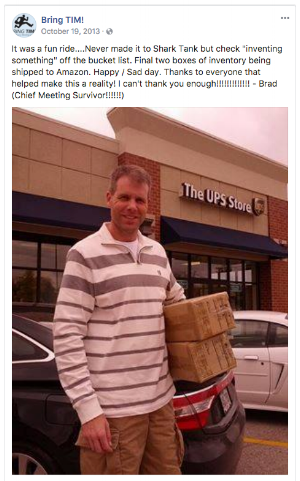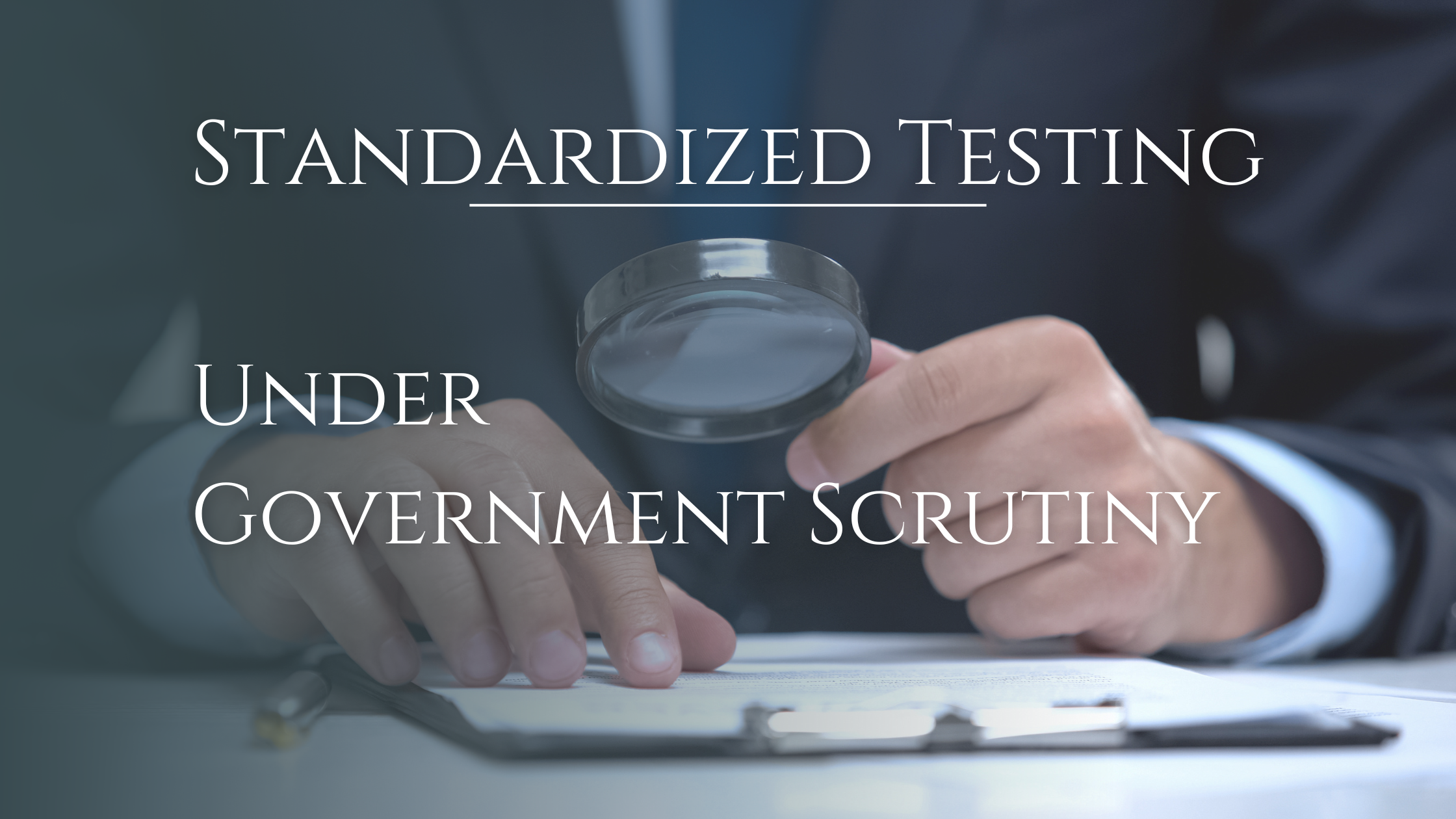Tutors Can't Afford NOT to Read This Blog Post
Updated on May 23, 2023
You can't afford NOT to read this blog post? That's a bold claim coming from a blog about best practices for tutors. However, if you'll indulge me, I'm confident you'll see just how much MONEY you've been wasting in meetings.
TIME = MONEY
You probably already knew that. But stick with me because that's not the big reveal.
That's right, there's a BIG REVEAL!
Meet TIM: the Time Is Money Calculator Clock
Years ago, I heard about a product called TIM that I was sure would become a fantastic success. It was a simple, powerful tool that promised to solve an irritating and costly problem with business. Here's how it works:
TIM stands for Time Is Money. And the TIM clock is a brilliant way to help people observe—in real time—the conversion rate of time to money. The assumption is that meetings would be scheduled less frequently and conducted more efficiently if everyone in the room were keenly aware of EXACTLY how much money—in the form of time—was being spent on that meeting.
Brilliant, right? Well, I'm not the only one who thought so. Here's a 2010 product review from TechCrunch: Time is Money: a review of the meeting cost calculator and clock. You're probably wondering where you can get one. Well, I have some bad news…
Time Runs Out for TIM
Clicking on TIM's website www.bringtim.com takes you to a (since removed) Facebook page, which served as a memorial for the product. Here's the official obituary, as drafted by Brad, who enthusiastically describes himself as "Chief Meeting Survivor!!!!!!!."
Why Didn't TIM Become a Huge Success?
I suspect that the company faced a few significant issues.
Issue #1: Difficulties with Promoting the Product
It appears that Brad never made it on Shark Tank. Perhaps if he had, his product might have ended up in every Sky Mall catalog. Then again, TIM was featured in the TechCrunch article above, so it's not like nobody heard about the product.
Possible Solution: There's no silver bullet for this, but it surely would have helped TIM to be featured on Shark Tank. Also, some highly targeted Facebook and LinkedIn marketing (not a thing back then, by the way) might have made all the difference.
Issue #2: Wrong Price Point
According to the TechCrunch article I linked to above, TIM was available for $25.00 on Amazon. It may surprise you to find that I think that price point is WAY TOO LOW!
At just $25.00, TIM seems more like a novelty white elephant gift than a powerful business tool that could save your company money. I suspect that his product might have done better at a higher price point. He was appealing to consumers who were thinking, "I guess we could try that. I mean, what the heck?" when he should have been chasing customers who truly recognized the scale of the problem posed by inefficient meetings.
Possible Solution: A much higher price point would have communicated to consumers that TIM was a serious business tool, not a novelty gadget. I suspect that many of his customers would have just as soon paid $299.00.
Issue #3: Flawed User Experience
The design wasn't bad, but it lacked the design elements that would make it feel at home in a boardroom. This is to say that TIM looked a little like a Sony Dream Machine: it looked fine sitting on your nightstand, but you wouldn't want it on the table in your boardroom.
Possible Solution: I suspect that he might have had more success with a model designed to blend into boardroom décor—perhaps taking design elements from iPhone or incorporating some wood into the design. Either would have been worth prototyping.
Issue #4: Product Ineffectiveness
TIM may have actually exacerbated the problem it set out to solve. This may have been the biggest reason that TIM is RIP. Obviously, I can't say all this for sure, but the theory is supported by this video from Adam Ruins Everything:
Essentially, the point is that employers benefit from the imbalance of information that exists when an employer knows everyone's salary but the employees do not. Knowing what everyone else earns can help an employee with salary negotiations, among other things. But because that imbalance favors the employer, I can see how business owners wouldn't want to "bring TIM" into their boardrooms.
Even if all the numbers were input anonymously, an industrious employee could pretty easily figure out more-or-less what everyone else is making. This would likely create a major distraction and potentially decrease the efficiency of the meeting—literally the opposite of TIM's intended purpose.
Possible Solution: This one is tricky. It's possible that this represents a critical flaw in the product's intended use. It's a little like an amazing sound system that trips your circuit breaker 50% of the time you use it. In the end, you don't care how great it works (when it works) because using it is so disruptive.
On the other hand, it's not essential that everyone at the meeting see how much the meetings are costing—in real time. Yes, that visual element is compelling, which might encourage everyone to make better use of their time. But it's possible that we can get 80% of the benefit TIM provides without involving employees at all. For example, if TIM's data could be presented to management, it would make clear the need for more detailed agendas, better-structured meetings, and a general emphasis on meeting preparation.
Issue #5: Squeezed Out by Competing Technologies
Disruptive innovation is a constant threat to every invention. It's entirely likely that TIM ran into competition from websites and apps before it ever achieved market presence. Meeting Calc, for example, costs $0.99 and appears to do everything TIM does.
The app economy has doubtless driven down the perceived value of innumerable physical products. Even so, it seems simplistic to blame the app store when Harvard Business Review has its own FREE version of the Meeting Cost Calculator available.
Possible Solution: It's possible that the makers of TIM could have built a more comprehensive solution around TIM that would have made the device more essential to the process of affecting real change within businesses.
For example, David Allen's Getting Things Done Shop is full of value-adds for his original organization system, which changing technologies would have otherwise made obsolete. As a result of these ongoing innovations, Allen remains a trusted efficiency and organization expert.
Disruptive innovation isn't a phenomenon that's easily overcome. The emergence of competing apps and free services left TIM in a tough spot as the high-cost provider in a low-cost, commodity market. Sadly, this is often the result of the disruptive innovation that occurs all the time in virtually all industries.
Which brings us to...
THE BIG REVEAL
Your tutoring company is NOT immune to the same forces that caused TIM's untimely demise!
Unless you learn from TIM's missteps, your tutoring company will more than likely suffer the same fate. So let's revisit the issues that brought down TIM and see how they apply to you and your test-prep tutoring company.
Issue #1: Difficulty Promoting the Product
How are you promoting your tutoring company? Many tutoring companies who reach out to Clear Choice Test Prep tell me that they get most of their clients through word of mouth. Oddly, they seem to regard "word of mouth" as a constant, as though it cannot be amplified through simple, reliable actions on their part. Of course, that's not true. There are many answers to the question, "How can I promote my tutoring company?"
For example, we encourage Clear Choice partners to host regularly scheduled free practice SAT® tests and free practice ACT® tests. And for many learning centers and test-prep professionals, we've seen this become a thriving leads generator. For more information, download our free e-book How to Generate and Convert Leads by Hosting Free Practice Tests.
If you ask more specifically, "How can I advertise my tutoring services?" you'll quickly discover that you need a way to differentiate your services from those of your competitors.
Note: this is a frequent topic in the Clear Choice Test Prep Blog.
Issue #2: Wrong Price Point
Literally every week I speak with owners of tutoring companies who compete primarily on price. In a high margin service industry, competing on price is a VERY bad place to be. You're effectively fighting for the business of the most price-conscious consumers in your market—those who are most likely to view test prep as a commodity. And in this corner of the market, you'll always be at risk of losing clients to anyone willing to work for less.
Unfortunately, you already employ a number of tutors who are willing to work for less! No, they won't take a pay cut. But they will happily cut you out of the equation and work with your clients directly for a negotiated price. For example, if you'd been charging $55/hour for test-prep tutoring and paying your tutor $20/hour, they can easily negotiate a $40/hour rate and pocket a tidy 100% raise. Everybody wins—except you.
But how do you go about appealing to a more discerning demographic in order to raise your prices? Well, first you MUST be able to differentiate your product. Why should a parent trust you over some schmoe she found on Craigslist?
There are many ways to answer this question, but you'll need to put genuine thought into it BEFORE you set out to draft any marketing language. If you work on the marketing language before you truly understand the features and benefits of your product, then you'll end up sounding like everyone else on the Internet who values making a sale more than they do providing a service.
If you're having trouble getting started, check out this article from our blog.
Issue #3: Flawed User Experience
How do your customers experience your test-prep system? Does your "system" include online resources for students? No? Then how exactly is it a system? Would "book" be a better description? How about "booklet?"
Do your clients feel like they're getting an exceptional test-prep experience? Are you using photocopied SAT® tests and pirated materials from other test-prep companies? These practices are problematic, to say the least. And they speak volumes about you and your tutoring company.
Fortunately for you, Clear Choice Test Prep can help you solve all of these issues and much more!
Issue #4: Product Ineffectiveness
This one is simple. Does your test-prep tutoring deliver the score improvements your clients demand? And how are you measuring those score improvements? Are you using real SAT® tests and official ACT® tests? Or are you using tests you wrote? Worse, are you using tests that someone else wrote—someone like Kaplan or Princeton Review? Are you promoting your competitors every time you offer a practice test?
Hundreds of tutors and thousands of students have already seen just how effective the Clear Choice Test Prep system has been for generating real score improvement on real tests.
Issue #5: Squeezed Out by Competing Technologies
Test prep is changing. Tutors are up against in-school programs, online tutors, apps, workbooks on Amazon, independent tutors, and industry giants. Relying solely on word of mouth will ultimately be a losing strategy. You need the tools that will enable you to compete with all emerging technologies and formidable competitors.
Once again, Clear Choice Test Prep has the tools you need to deliver an exceptional test-prep experience. We won't waste your time because we know your time is money! Click the link below to set up a time to learn more. In just a few minutes, we can show you our 100% custom-branded test-prep curriculum and software can increase score improvements, generate more referrals, and help you grow your business!
IMPORTANT NOTE: I've been wanting to write this post for a long time. I hope it's clear how much I admire the idea of the TIM clock and the entrepreneur(s) who made it a reality. It makes me sad that the idea wasn't more successful. And I hope that nothing I've written in this blog comes across as disparaging to the company's efforts or ideas.
Hope you've enjoyed this blog post! Be sure to sign up below to receive updates when we post new content, including free tools for tutors. We work hard on this content, and it means a lot to hear that people are enjoying it. As always, thanks for reading!




















